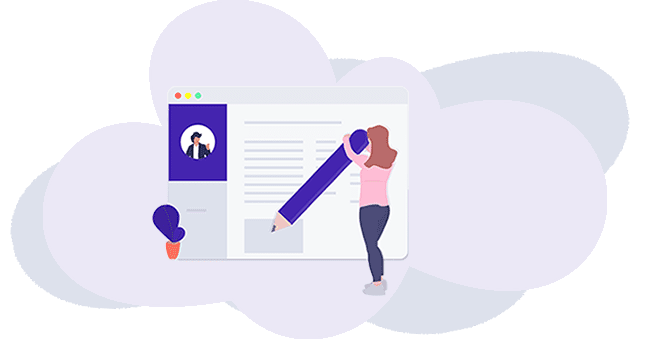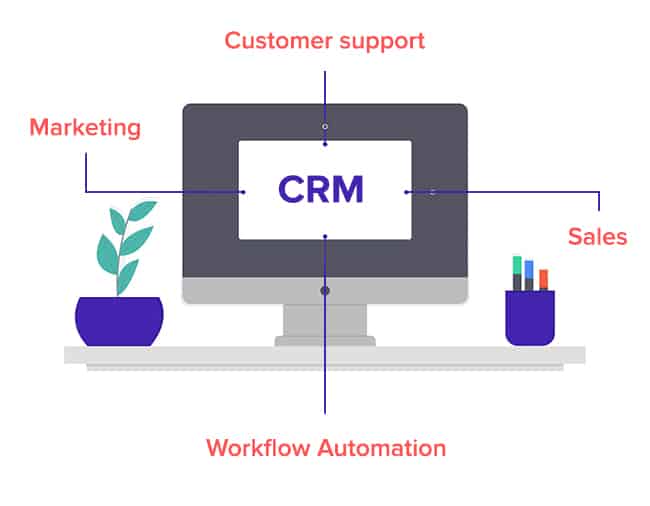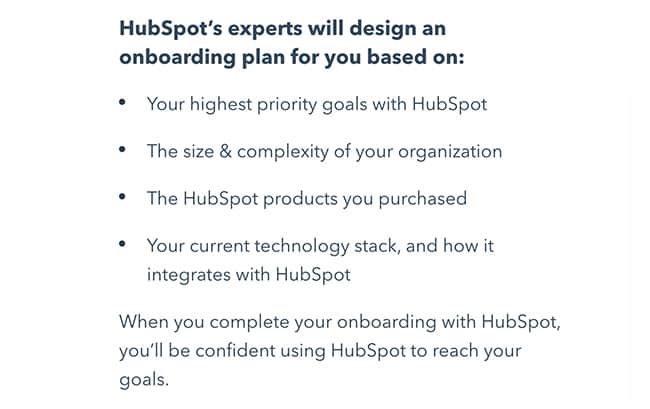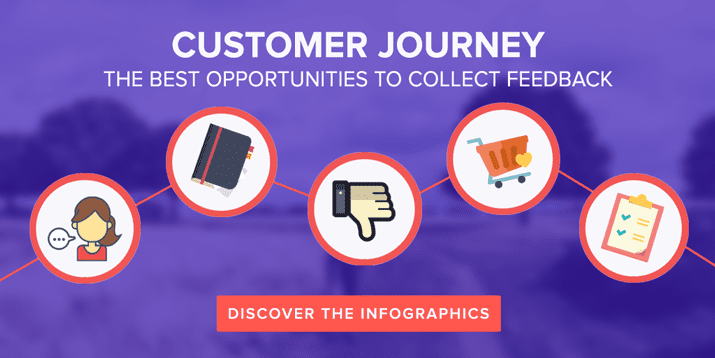With customer data needs growing constantly, most companies are deciding to go digital and make the switch to a CRM (Customer Relations Management tool) for their sales and marketing needs. CRMs help companies stay organized, keep customer information up to date, and use funnels to convert more leads. And even though some of them are...
With customer data needs growing constantly, most companies are deciding to go digital and make the switch to a CRM (Customer Relations Management tool) for their sales and marketing needs.
CRMs help companies stay organized, keep customer information up to date, and use funnels to convert more leads.
And even though some of them are reasonably priced and offer a sliding scale of membership based on your needs, they still can be a big expense for businesses, especially new startups.
Luckily, there are a couple of things you can do to make sure that you are reducing the costs of your CRM as much as possible.
If you are careful with implementing the system in the right way, your CRM can easily be a money maker for your business instead of a money pit.
This blog post discusses a few ways you can make sure your CRM is working for you and your bottom line, no matter which CRM you choose.
1 – When possible, go with a cloud version, not an on-site version
It’s time to embrace the cloud! For many CRM options like Sage CRM and Microsoft Dynamics, you can choose between a cloud version of the CRM or an on-premise version.

The cloud version offers most of the same services, with some limited customisation features. Unless you are a large enterprise with an entire communication system that you need to integrate into an on-premise CRM, going with the cloud option should work just fine for you and save you a lot of up front costs. Going with a cloud version also allows you mobile flexibility with your CRM, meaning your employees can sign on from anywhere: their mobile phone, their home computer, and of course, work.
This can improve your team’s efficiency and make everything in your sales and marketing department run more smoothly.
MyFeelBack is integrated with several CRM! Find out which ones by clicking here
2 – Use all of the data options in your CRM
Another way to reduce the costs of your CRM is to make sure that you are making use of every feature that is offered to you.

Having a CRM system that is only halfway filled out is the equivalent of throwing money out the window: your CRM won’t work as effectively without all of the information filled in, and you are wasting a ton of potential by not letting your data give you a full picture of your prospective customers and buyer journeys. If the thought of filling in your entire CRM database overwhelms you, there are softwares like MyFeelBack that automatically sends out survey questions to customers to fill in the blanks in your CRM system.
This way filling in your customer data is automatised and you don’t have to spend your time sifting through customers to make sure that you have everyone’s birthday recorded correctly.
Making sure that you have all of the data you need will make investing in your CRM worth it: if you’re not going to take the initiative to fill your CRM with the correct data, you might as well stick to using pen and paper.
3 – Onboard effectively
Another key to effectively using your CRM is to onboard your employees correctly and effectively. A lot of times, a marketing department wastes money on their CRM because most of the employees never really learn to use it.
Many CRMs offer onboarding programs to help companies get used to using the new system, and it’s really important to take full advantage of this. Sometimes it takes a couple of months to really get used to integrating the system into your company culture, but not doing so is a mistake that will cost you time and money later. If there is no onboarding option available for the CRM option you chose, it may be worth it to outsource a specialist for a few weeks to make sure your team learns the system.

Example of Onboarding Services by Hubspot CRM
4 – Convert those leads
At the end of the day, you get a CRM to convert leads, and if this isn’t happening, then you are not getting a return on your investment that will make investing in your CRM worth it. Make sure your sales and marketing team thoroughly understand how to use your CRM to push toward your all over goal, which should be converting more leads, keeping your current customers happy, and building customer loyalty. All of the data and analysing only means something if your customers and potential customers feel the difference.
Getting a CRM system is a development that can transform your company. However, doing it correctly does involve a time commitment to make sure you are making the most of it.








